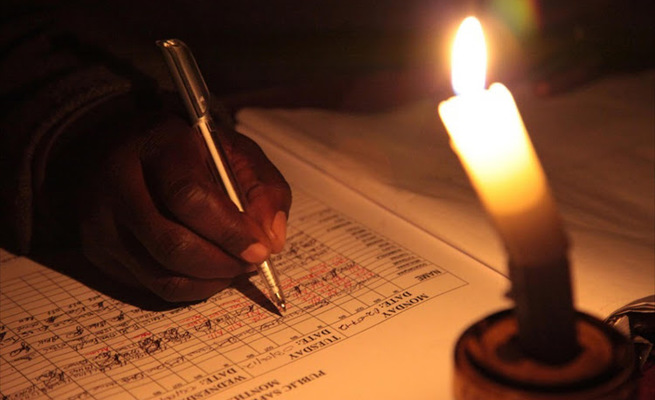South Africans are in for a dim festive season. Eskom has announced that ‘protracted load shedding’ will continue for ‘six to 12 months’, as major repairs and capital investment projects are set to reduce already constrained generation capacity.
Eskom said on Sunday that it has run out of cash to buy diesel and does not plan to order any more until 1 April 2023.
The consequence of this will be extreme levels of load shedding not yet experienced in SA.
At a state of the system briefing last week, Eskom Chief Operating Officer Jan Oberholzer said that since 1 April, Eskom has spent R12 billion on diesel against an initial budget of R6.1 billion. This was later revised to R11.1 billion.
Speaking to energy analyst Chris Yelland, an Eskom spokesperson said the power utility has spent R11 billion on diesel this financial year — twice the amount it had budgeted.
The power utility first revealed on Friday that it ran out of diesel for its OCGTs.
"If we continue to burn diesel the way we have for the past seven months, the cost would be astronomical. But we do not have the cash to spend. We would be able to pay if the municipalities were paying us," said Oberholzer at the time.
The implications of Oberholzer's statement are beginning to sink in as SA starts the week on Stage 4 load shedding.
It echoed this statement on Sunday, 20 November, when it announced South Africa’s load-shedding timetable until Wednesday.
The schedule includes stage 5 load-shedding during the evening peaks from Monday to Wednesday.
Following the statement, Yelland contacted the spokesperson, who confirmed that the diesel tanks at Eskom’s OCGTs had physically run dry.
No additional diesel had been ordered due to the budget overrun.
Yelland said that unless someone comes up with the money, Eskom has decided to make do without its diesel-powered emergency power plants until next year.
Eskom said it does not know who would pay for the diesel.
It also does not know how much diesel South Africans burned in standby generators to cope with load-shedding this year.
“Due to the vulnerability and unpredictability of the power system, coupled with the major capital projects, maintenance and major repairs to be executed starting during the next few months, the risk of continued load shedding remains quite high. Eskom cautions the public to anticipate the increased risk of load shedding until these problems are resolved over the next six to 12 months,” Eskom’s group chief operating officer, Jan Oberholzer, said on Tuesday.











